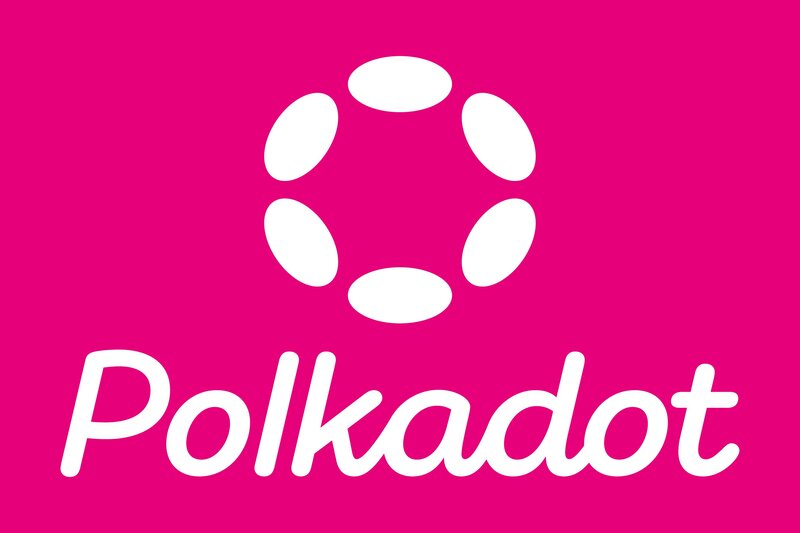Polkadot release Agile Coretime framework, advancing towards 2.0 upgrade
Investing.com - Polkadot’s native token rose today after the official confirmation of its Agile Coretime framework, a key component in the blockchain's Polkadot 2.0 upgrade. The Ethereum competitor is moving towards its second version, with the new framework set to upgrade resource management across the network.
According to an official post shared via X Space, Agile Coretime introduces a novel approach to allocating resources on Polkadot. Unlike the previous auction-based system, which granted block space through two-year leases, Agile Coretime simplifies the process by creating a "core" — a virtual unit on the Polkadot Chain for managing transactions and running smart contracts for parachains.
This system is overseen by the "Coretime Chain," a specialized parachain that handles the purchase, renewal, and distribution of these resources. The Polkadot Chain will continue to serve as the network’s central hub, managing security, consensus, and cross-chain communication.
Agile Coretime allows projects to obtain computational resources in two distinct ways: on-demand purchasing for new or smaller projects with variable needs and bulk purchasing for more established projects requiring steady blockspace. The bulk transactions are represented as non-fungible tokens (NFTs) and can secure blockspace for up to 28 days in advance.
Polkadot 2.0, the term used to describe the future trajectory of the network, represents a series of changes designed to expand its capabilities. Founder Gavin Wood describes Polkadot 2.0 as an adaptable and scalable computing resource that will introduce features to improve scalability, lowering entry barriers, and meeting evolving market needs.
Polkadot’s journey began with the release of its whitepaper in 2016, and the network hit a major milestone in 2023 with the launch of its final codebase. Beyond the technical aspects, the Polkadot 2.0 upgrade is already impacting the broader crypto ecosystem. High-profile projects like Mythical Games and Frequency have chosen Polkadot as their platform.
The introduction of Agile Coretime gives developers more flexibility, allowing them to acquire blockspace in real-time based on their precise needs, which in turn improves the efficiency of resource management on the network.
Source: Investing.com
